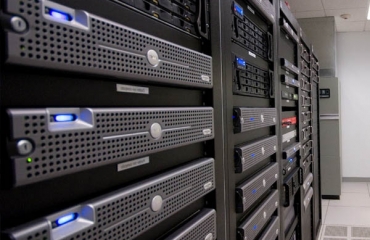Cabling NYC | Cabling Services | New York Cable Companies
Free Quote Today
From complete turnkey to complete Structured Cabling Management, contact us for professional Computer Network Cabling Services. Our area of expertise is in Data, Fiber optic, Voice, Electrical, Access Control and Security Camera Installations. Our experienced team of structured cabling professionals is Industry experts – specialists with over 15 years experience in the industry. Call us anytime for any kind of Data, ethernet cable wiring and Fiber Cabling needs. Certified and Fully Insured for all types of Commercial Communication Cabling services.
- Computer Network Cabling
- Cat6 Wiring
- Cat6a Cabling
- Cat5e Installation
- Fiber optic cabling, termination, and Splicing
- Wireless Solutions
- Access Point Installation
- Business relocations
- Telephone Cabling Solutions
- CCTV installation
- Access Control System
- Paging Systems
- Server room & Data Center Cabling
- Affordable hassle-free installation
- Available on weekends with no extra charges!
We have worked with hundreds of clients in the GTA for all types of Network Cabling Services. We always keep our Cabling technicians up to date with the latest technological advancements helping our customers stays ahead. Certified Techs with deep experience in installation of Low Voltage Cabling.
Flushing Commercial Network Cabling & Wiring Experts:
- Cat5e, Cat6, Cat6A data drops
- Warehouse cabling for security cameras and wireless access points (APs)
- New office network installations
- Office cubicle / access point wiring
- RG6/Coax Runs
- DEMARC wiring and extensions
- View more Commercial Services
- Cat5e, Cat6, Cat6A data drops
- Complete home network installations
- Single network runs for home offices, wifi access points (APs), XBOX, Playstation
- RG6/Coax runs for Cable TV like Xfinity/Comcast & WOW.
- Network repair & troubleshooting
- View more Residential Services
- Network cabling, clean up & labeling
- Server rack installation
- Wire management
- Network repair & troubleshooting
We cover all of Manhattan, NY and all the boroughs:
- The Bronx (Bronx County)
- Brooklyn (Kings County)
- Manhattan (New York County)
- Queens (Queens County)
- Staten Island (Richmond County)








